Notes from Pennsylvania Planning Comprehensive Planning Examination Study Notes 2007
Part One: Planning Theory
I. Planning History
A. Timeline of American Planning History
-
-
- PREPARING FOR A PROFESSION
- FOUNDATIONS FOR A PROFESSION
- BUILDING A PROFESSION
- REFINING THE PROFESSION
-
4. REFINING THE PROFESSION
1980’s: Reagan Era
1980 “Reagan Revolution” begins. Planning profession challenged to adapt to a new (counter-New Deal) policy environment: reduced federal domestic spending, privatization, deregulation, etc. Phase-out of some earlier aids to planning (e.g., sewer grants) and planning programs (e.g., “Title V Regions”). History of Planning Profession
1980 In Central Hudson v. Public Service Commission, the U.S. Supreme Court finds that for a regulation involving first amendment rights to survive, it must do the following. U.S. Supreme Court Case
-
-
- Advance a compelling state interest
- Allow a reasonable alternative means of communication
- Be as narrowly defined as possible
- Be a reasonable time, place, and manner restriction
-
1980 Superfund Bill passed by Congress (Comprehensive Response, Compensation and Liability Act). Creates liability for persons discharging hazardous waste into the environment. Taxes polluting industries to establish a trust fund for the cleanup of polluted sites in cases where individual responsibility is not ascertainable. Conservation & Environment Landmark Laws
1980 In Agins v. City of Tiburon, the U.S. Supreme Court makes clear that a regulation that is not reasonably related to the police power and causes a property to lose all economic value constitutes a taking. (Overturned in 2005 in Lingle v. Chevron). U.S. Supreme Court Case
1980 The Associated Collegiate Schools of Planning (ACSP) is established to represent the academic branch of the planning profession. History of Planning Profession
1981 In Metromedia v. City of San Diego, the U.S. Supreme Court holds that neither commercial nor non-commercial speech can be favored over the other. The ordinance was overturned because it effectively banned non-commercial signs. U.S. Supreme Court Case
1981 ACSP issues Volume 1, Number 1 of The Journal of Education and Planning Research. Landmark Publication History of Planning Profession
1982 In Loretto v. Teleprompter Manhattan CATV Corp., the U.S. Supreme Court confirms that a physical invasion of a property is a taking. U.S. Supreme Court Case
1983 In a second case focusing on Mt. Laurel, New Jersey, the New Jersey Supreme Court rules that all 567 municipalities in the state must build their “fair share” of affordable housing. A precedent-setting blow against racial segregation. Other Legal Action Housing Event Regional Planning Event
1984 In Members of City Council v. Taxpayers for Vincent, the U.S. Supreme Court upheld a regulation that prohibited the attaching of signs to utility poles. The Court found that the regulation met all the tests mentioned under Central Hudson, above (1980). U.S. Supreme Court Case
New Urbanism Ideas – Seaside, Florida First and Main Films YouTube Channel. (See my blog post on Seaside.)
1984 Seaside, Florida begins, one of the earliest examples of the New Urbanism. (Andres Duany and Elizabeth Plater-Zyberk). Unlike most earlier Planned Communities, the New Urbanism emphasizes urban features — compactness, walkability, mixed use — and promotes a nostalgic architectural style reminiscent of the traditional urban neighborhood. The movement has links to the anti-sprawl, smart growth movement. Planned Communities
1985 In City of Cleburne v. Cleburne Living Center, the U.S. Supreme Court ruled that an ordinance that does treat different groups unequally, but does not involve a fundamental right or group that gained protection under Village of Arlington Heights v. Metropolitan Housing Development Corp. (1977) merely needs to pass a rational basis test. (In this case, the ordinance failed the rational basis test.) U.S. Supreme Court Case
1986 In City of Renton v. Playtime Theaters, Inc., the U.S. Supreme Court allowed a zoning ordinance limiting sexually-oriented businesses to 5% of the municipal land area to stand based on a study conducted on the negative effects the business type has on surrounding areas. U.S. Supreme Court Case
1986 The First National Conference on American Planning History is convened in Columbus, Ohio and leads to the founding of the Society of American City and Regional Planning History (SACRPH) the following year. History of Planning Profession
1987 In First English Evangelical Lutheran Church v. County of Los Angeles, U.S. Supreme Court finds that even a temporary taking requires compensation. In Nollan v. California Coastal Commission, it finds that land-use restrictions, to be valid, must be tied directly to a specific public purpose. U.S. Supreme Court Case
1989 The Planning Accreditation Board (PAB) is recognized by the Washington-based Council on Post Secondary Education to be the sole accrediting agency in the field of professional planning education. History of Planning Profession
1990’s: Post-Cold War & Internet Boom
1990 In Cohen v. Des Planes, the U.S. Supreme Court ruled that zoning cannot be used to grant religious institutions advantages over other commercial ventures. In this case, the Court overturned a zoning provision that allowed a church to run a day care in a residential zone where no one else could do so. U.S. Supreme Court Case
1990 In Oregon v. Smith, the U.S. Supreme Court ruled that zoning that is neutral on its face was permissible so long as it doesn’t hinder the religion itself. This particular case upheld a ban on the use of peyote in Native American religious services. U.S. Supreme Court Case
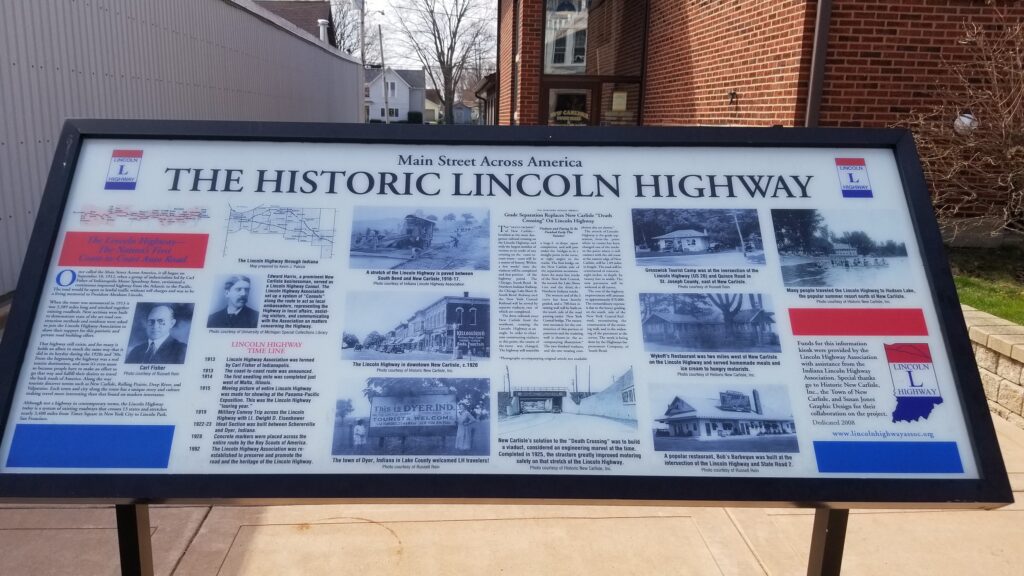
1991 Passage of Intermodal Surface Transportation Efficiency Act (ISTEA) includes provisions for a National Scenic Byways Program and for transportation enhancements, each of which includes a historic preservation component. Conservation & Environment Landmark Laws
1992 In Lucas v. South Carolina Coastal Council, the U.S. Supreme Court limits local and state governments’ ability to restrict private property without compensation. U.S. Supreme Court Case
1993 Enterprise Zone/Empowerment Community (EZ/EC) proposal signed into law. Aims tax incentives, wage tax credits, special deductions, and low-interest financing to a limited number of impoverished urban and rural communities to jumpstart their economic and social recovery. Economic Development Event
1994 In Dolan v. City of Tigard, the U.S. Supreme Court rules that a jurisdiction must show that there is a “rough proportionality ” between the adverse impacts of a proposed development and the exactions it wishes to impose on the developer. U.S. Supreme Court Case
1994 North American Free Trade Agreement (NAFTA) among U.S., Canada and Mexico begins on January 1, its purpose to foster trade and investment among the three nations by removing or lowering non-tariff as well as tariff barriers. Economic Development Event Landmark Laws Regional Planning Event
1994 James Howard Kunstler’s The Geography of Nowhere: The Rise and Decline of America’s Man-Made Landscape is published. Seminal Publication
1996 The Telecommunications Act realigns the telecommunications industry by allowing competition. It also impacts local land use by requiring telecommunications towers be permitted wherever a gap in coverage is found, and prohibits local consideration of health effects in permitting decisions. Landmark Laws
Why All New Apartment Buildings Look Identical – Cheddar Explains YouTube Channel. (My blog post on Five-Over-One Buildings.)
1996 Five-Over-One (one-plus-five) first construction – an affordable housing apartment building built in Los Angeles. Economic Development Event Housing Event
1998 In Borgmann v. Board of Supervisors, the Iowa Supreme Court struck down “right-to-farm” legislation ruling it was 1) an unequal application of law, and 2) an indirect de facto taking of abutting non-farm properties. Other Legal Action
1999 American Institute of Certified Planners inaugurates a College of Fellows to recognize distinguished individual contributions by longer term AICP members. History of Planning Profession
2000’s: War on Terror & Housing Boom
2001 9/11: The New York World Trade Center and the Pentagon are attacked by terrorists, causing many to rethink security measures, including design changes to protect the public from future attacks. Ornamental bollards, large planters, and retractable barricades are installed around many public buildings nationwide. Planned Communities
2002 In Sierra v. Tahoe, the U.S. Supreme Court rules that a temporary building moratorium for the purpose of conducting planning studies to protect the public health, safety, welfare, and morals is a legitimate use of police power and does not constitute a taking of any kind. U.S. Supreme Court Case Conservation & Environment
2004-05 Seven major hurricanes impact the southeastern United States during the busiest hurricane season on record to date, leaving billions of dollars of damage and hundreds of lost lives in their wake. This prompts a comprehensive review of emergency preparedness, floodplain and coastal development, and security issues. Conservation & Environment
2005 In Kelo v. City of New Haven, the U.S. Supreme Court upholds the decades-old practice of utilizing urban redevelopment and eminent domain for economic development purposes when such actions are backed by a redevelopment plan that underwent a full plan development process. U.S. Supreme Court Case Economic Development Event Housing Event
2005 In San Remo Hotel v. San Francisco, the U.S. Supreme Court held that a taking dispute that is resolved at the state level cannot be relitigated at the federal level. U.S. Supreme Court Case
2005 In Lingle v. Chevron, the U.S. Supreme Court overturns the troublesome “substantial advancement” test established in Agins v. City of Tiburon (1980). U.S. Supreme Court Case
2005 In Rancho Palos Verdes v. Abrams, the U.S. Supreme Court rules that zoning review under the Telecommunications Act does not include monetary damages or a lengthy review period. U.S. Supreme Court Case
2005 Donald C. Shoup’s The High Cost of Free Parking is published. Seminal Publication
2006 The War on Terror, the hurricanes of 2005, and other factors cause fluctuation in petroleum prices and start a debate on the sustainability of a petroleum-based society/lifestyle, and serious discussions on renewable resources. Conservation & Environment
2006 A Green New Deal was suggested by the Green New Deal Task Force as a plan for one hundred percent clean, renewable energy by 2030 utilizing a carbon tax, a jobs guarantee, free college, single-payer healthcare, and a focus on using public programs. Conservation & Environment Economic Development Event
Why So Many American Homes Are Flimsy – Cheddar YouTube Channel. (My blog post on the subject.)
2007-08 The Great Recession started as a result of the subprime mortgages and mismanagement of mortgage-backed securities, caused real estate housing prices to fall by 30% to 50% in a matter of months, starting the Global Financial Crisis. Economic Development Event Housing Event
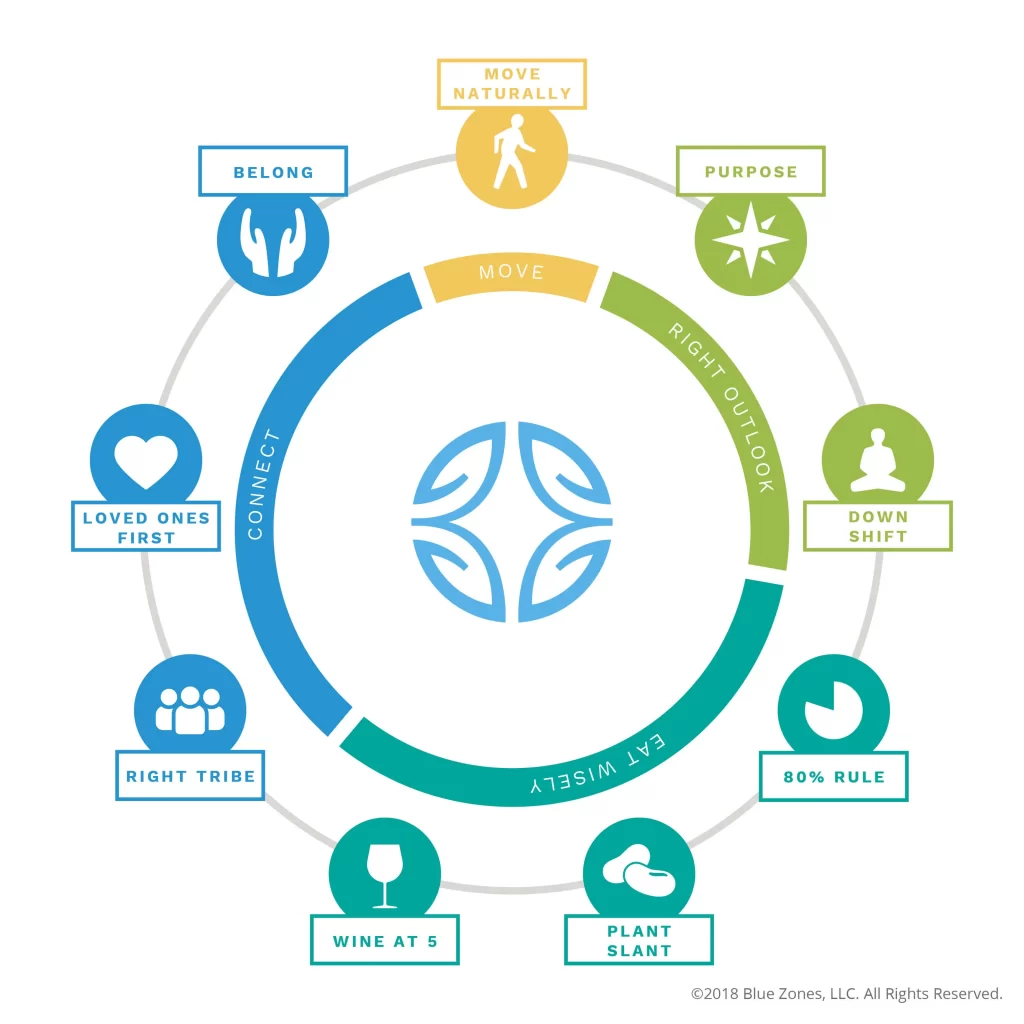
2008 Dan Buettner’s The Blue Zones: Lessons for Living Longer From the People Who’ve Lived the Longest is published. Seminal Publication
-
-
- Move Naturally – Move more, move often
- Grow a Garden – Good exercise, good food, good spirit
- Plant Slant – Beans are cornerstone, plus vegetables, fruit, and whole grains
- 80% Rule – Eat and converse with family or friends
- Rest Enough – Sleep Enough & Down Shift (e.g., pray, nap, hangout)
- Purpose
- Loved Ones First
- Belong – Be part of a faith-based community
- Right Tribe – Have close friends and strong social networks
- Community – Taking focus off ones problems and focusing on making a better community deflates and diminishes the overwhelming problems of oneself
-
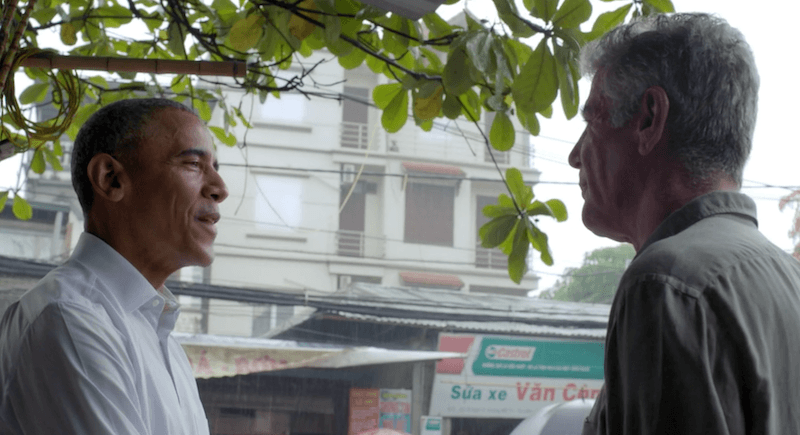
2009 American Recovery and Reinvestment Act is signed into law by President Barack Obama. It invests $787 billion into the U.S. economy. Landmark Laws Economic Development Event
2010’s: Yes We Can! & MAGA
2010 Jan Gehl’s Cities for People is published, focused on creating (or recreating) cityscapes on a human scale. Seminal Publication
2011 “Occupy Wall Street” movement protesters condemned income inequality.
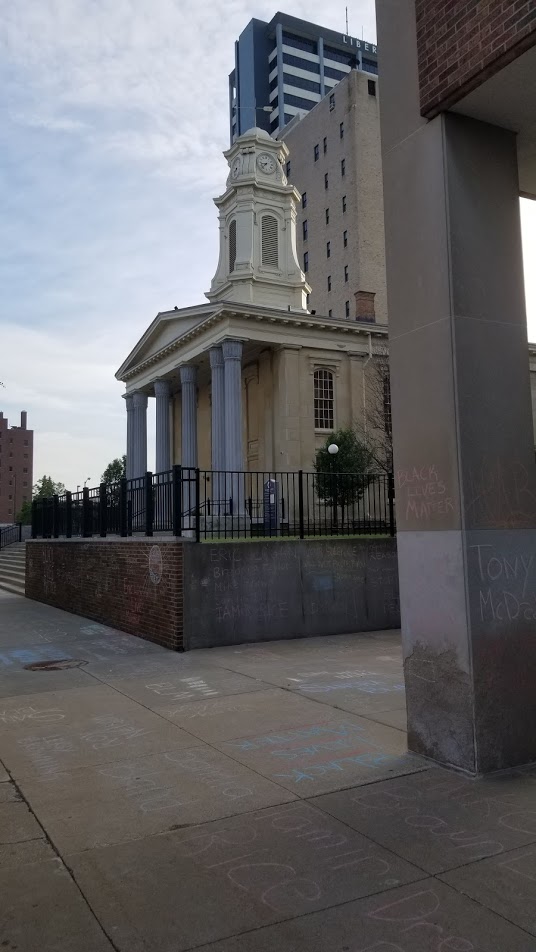
2013 Black Lives Matter (BLM) movement
“Walkable City: How Downtown Can Save America, One Step at a Time” by Jeff Speck (book) and “The General Theory of Walkability” by Jeff Speck (TED Talk) (My blog post on Jeff Speck’s General Theory of Walkability.)
2013 Jeff Speck’s Walkable City: How Downtown Can Save America, One Step at a Time introduces his “General Theory of Walkability”. Seminal Publication
-
-
- A reason to walk (balance of uses)
- A safe walk (reality and perception)
- A comfortable walk (space and orientation)
- An interesting walk (signs of humanity)
-
2013 Charles Montgomery’s Happy City: Transforming Our Lives Through Urban Design is published. Seminal Publication
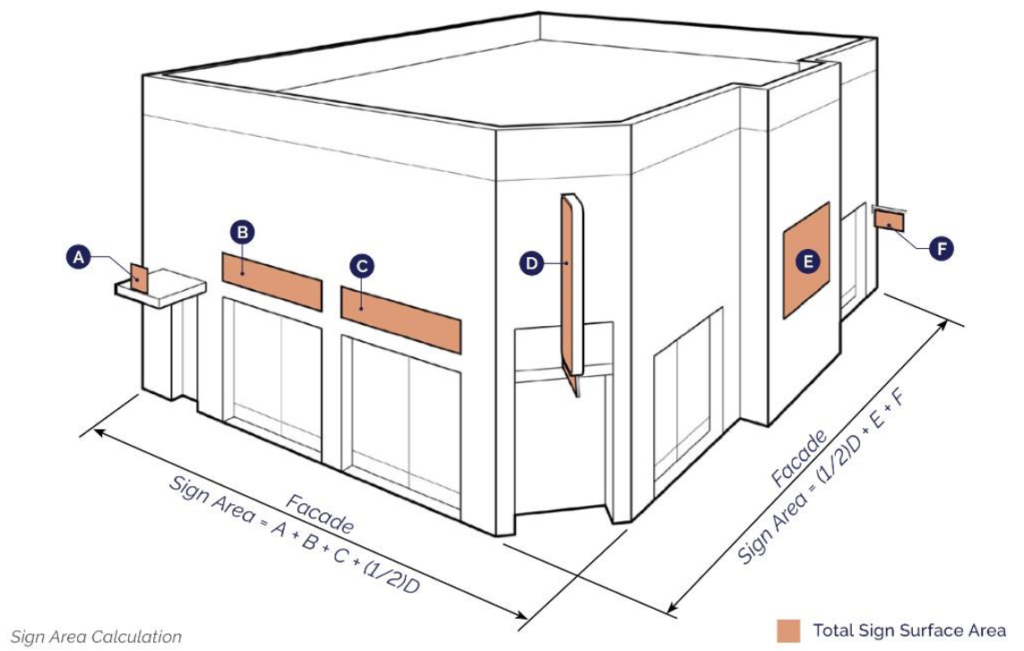
2015 In Reed v. Town of Gilbert (Arizona) the U.S. Supreme Court determines that sign ordinances must be content neutral. U.S. Supreme Court Case
2017 #MeToo movement
2017 Richard Rothstein’s The Color of Law: A Forgotten History of How Our Government Segregated America is published. Seminal Publication
The Green New Deal, explained – Vox YouTube Channel. My blog post on the Green New Deal.
2019 Representative Alexandria Ocasio-Cortez (D-NY) and Senator Ed Markey (D-MA) introduce a Green New Deal non-binding Congressional resolution. It is defeated in the Senate. The proposal advocates for a “10-year national mobilization”. Conservation & Environment Economic Development Event Housing Event Regional Planning Event
-
-
- Interior: Providing all people with access to nature
- Agriculture: Healthy and affordable food; eliminate farm and ranch pollution and greenhouse gases
- Commerce: Clean manufacturing
- Labor: Guaranteeing a job with a family-sustaining wage, adequate family and medical leave, paid vacations, and retirement security
- Health: High quality, universal health care
- Housing & Urban Development: Affordable, safe, and adequate housing; upgrading all existing buildings in the United States and building new buildings to achieve maximal energy efficiency, water efficiency, safety, affordability, comfort, and durability, including through electrification
- Energy: Transitioning the U.S. to 100% renewable, zero-emission energy sources; building or upgrading to energy-efficient, distributed, and ‘smart’ power grids, and working to ensure affordable access to electricity
- Transportation: Overhauling transportation systems: (i) zero-emission vehicle infrastructure and manufacturing; (ii) clean, affordable, and accessible public transportation; and (iii) high-speed rail
- Environment: Clean water and clean air
-
Strong Towns | Charles Marohn | Talks at Google YouTube Channel. My blog post on Strong Towns | Charles Marohn | Talks at Google.
2019 Charles L Marohn Jr’s Strong Towns: A Bottom-Up Revolution to Rebuild American Prosperity is published. Seminal Publication
-
-
- Slow Decline: Why our cities are on the cusp of a long, slow decline, and how to approach the challenge rationally
- Bad Growth: Why inducing growth and development has been the conventional response to urban financial struggles—and why it just doesn’t work
- Productiveness: Why old and blighted areas are often more financially productive than shiny new ones
- Little Bets: The power of “little bets” to strengthen communities and improve the lives of citizens
- Public Engagement: How humble public engagement can create amazing insights
- Better People: The surprising ways that strong neighborhoods make us better people
-
2020’s: Build Back Better
2020 James Howard Kunstler’s Living in the Long Emergency: Global Crisis, the Failure of the Futurists, and the Early Adapters Who Are Showing Us the Way Forward is published. Seminal Publication
2021 Infrastructure Investment and Jobs Act is signed into law by President Joe Biden. It invests $973 billion over five years, including $550 billion in new investments for all modes of transportation, power and energy, environmental remediation, public lands, broadband, and resilience, plus it will eliminate the nation’s lead water service lines. Landmark Laws Conservation & Environment Economic Development Event Regional Planning Event
-
- PREPARING FOR A PROFESSION
- FOUNDATIONS FOR A PROFESSION
- BUILDING A PROFESSION
- REFINING THE PROFESSION
